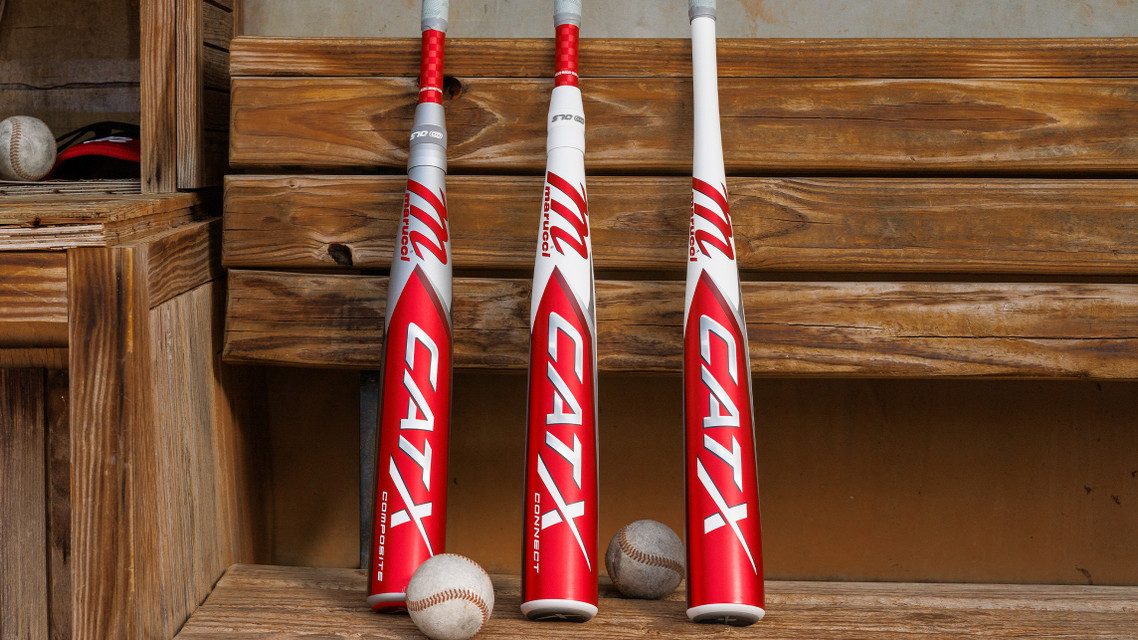Metal Bat Selection Guide
Sep 13th 2022
In the market for a new metal bat? Not sure what size bat you need? Confused by all the different options? We've got you covered and can help you select the right aluminum, hybrid or composite baseball bat for you.
For young players who are constantly growing and with metal bat certification constantly changing, selecting the right bat is all about determining the correct size and choosing the bat that makes you, as a hitter, comfortable.
Both players and parents should understand the proper way to choose the appropriate certification, material, weight and length, so you can go to the plate confidently, knowing you’re swinging the perfect bat for you.
Metal Bat Certification
For youth players, the first and most important thing to consider is the league in which you play. Many leagues designate a select bat size or certification to follow. If you’re unsure, ask your coach or league administrator before purchasing a new bat.
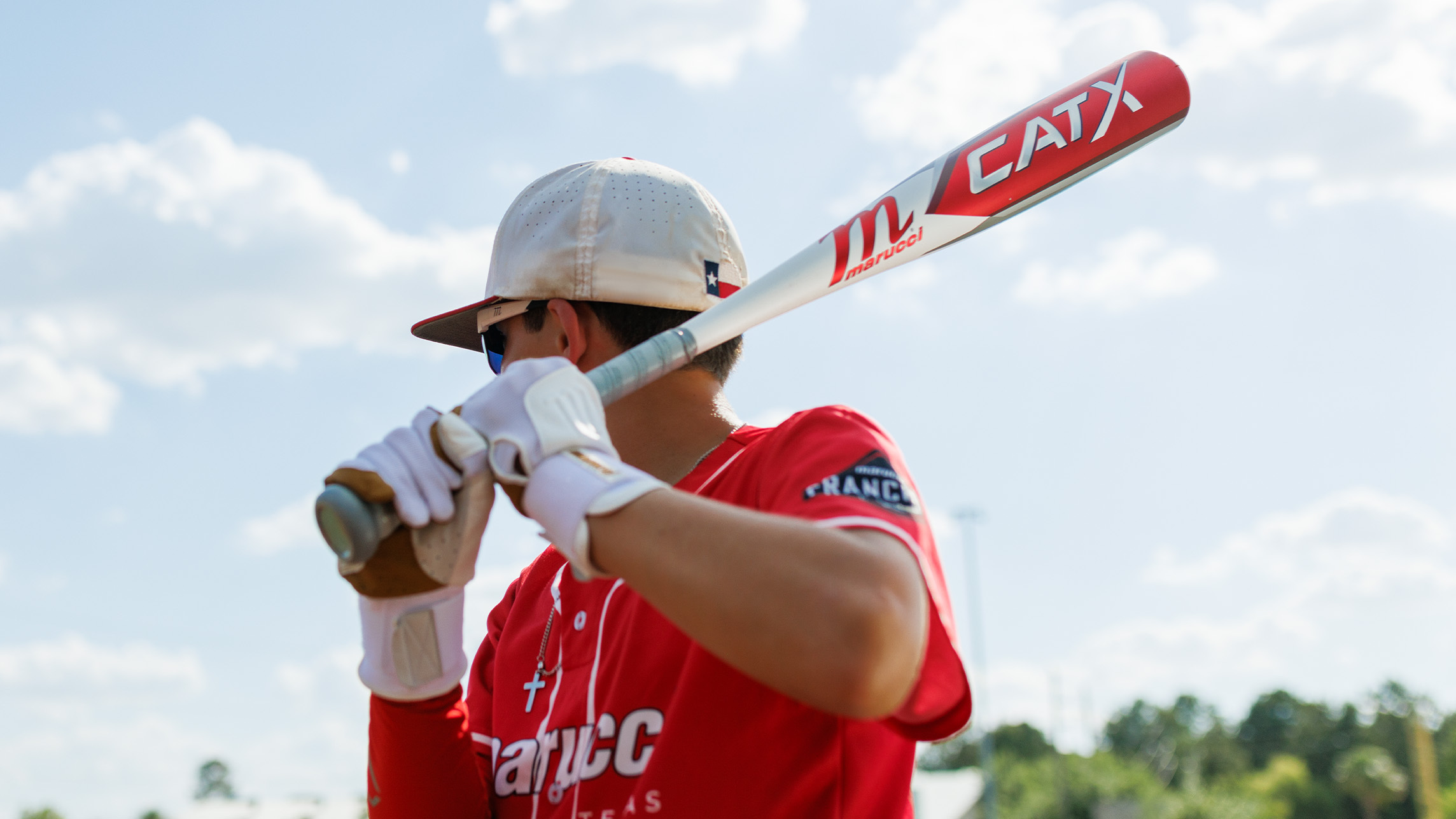
For the most part, youth leagues will either allow USSSA certified bats or USA Baseball bat standard (USABat). Marucci's CATX, CATX Connect, and CATX Composite Senior League bats all have a 2 3/4" barrel diameter and are USSSA 1.15 BPF certified and stamped.
Marucci added the USA Baseball certified CAT to its arsenal in 2019. The CAT is a one-piece bat with a 2 5/8” alloy barrel, available in Senior League -11 and Tee Ball -11 models. Marucci also offers the CAT Connect, a two-piece -11 model. Along with Little League Baseball®, the following organizations follow this standard:
For high school or college players, BBCOR is the standard, regardless of league or classification. All BBCOR bats have the same drop weight (-3) and barrel diameter (2 5/8").
Bat Classification
All bats, regardless of certification, are also classified based on the competition level of the player.
We'll start with the youngest. Junior Big Barrel bats are the go-to option for players in coach pitch leagues. These bats are designed for players ages 5-7, carry a -10 drop weight and a 2 3/4" barrel, but are only available in 25"-27" lengths. All Marucci Junior Big Barrel bats are also USSSA certified.
The next classification is Senior League, which is a little misleading since these bats are made for players 9-14 years old. Here's where drop weight becomes a determining factor, which we'll get into more later. Basically, drop weight is the difference between a bat's length (inches) and its weight (ounces).
Senior League bats include -5, -8, and -10 drop weights and span from 27"-32". The older (stronger) the player, the lower the drop weight should be. The taller the player, the longer the bat should be that they swing.
Finally, the easy one, High School/NFHS/NCAA, all use BBCOR (-3) bats. If you're over 14 years old, you will be swinging BBCOR.
Alloy vs. Hybrid vs. Composite
After determining the correct bat certification and classification, the next step is to decide between alloy, hybrid or composite bat construction.
Each has its own advantages, but it comes down to preference.
Aluminum alloy is the most common metal bat material and very popular among players at all levels of competition.
The alloy used in Marucci bat construction is extremely strong and highly responsive immediately out of the wrapper. The increased strength allows for multi-variable wall designs which results in larger sweet spots and more forgiveness on mishits. Stronger alloy also allows for ring-free barrels that meet certification standards with no internal governors that create dead spots along the barrel.
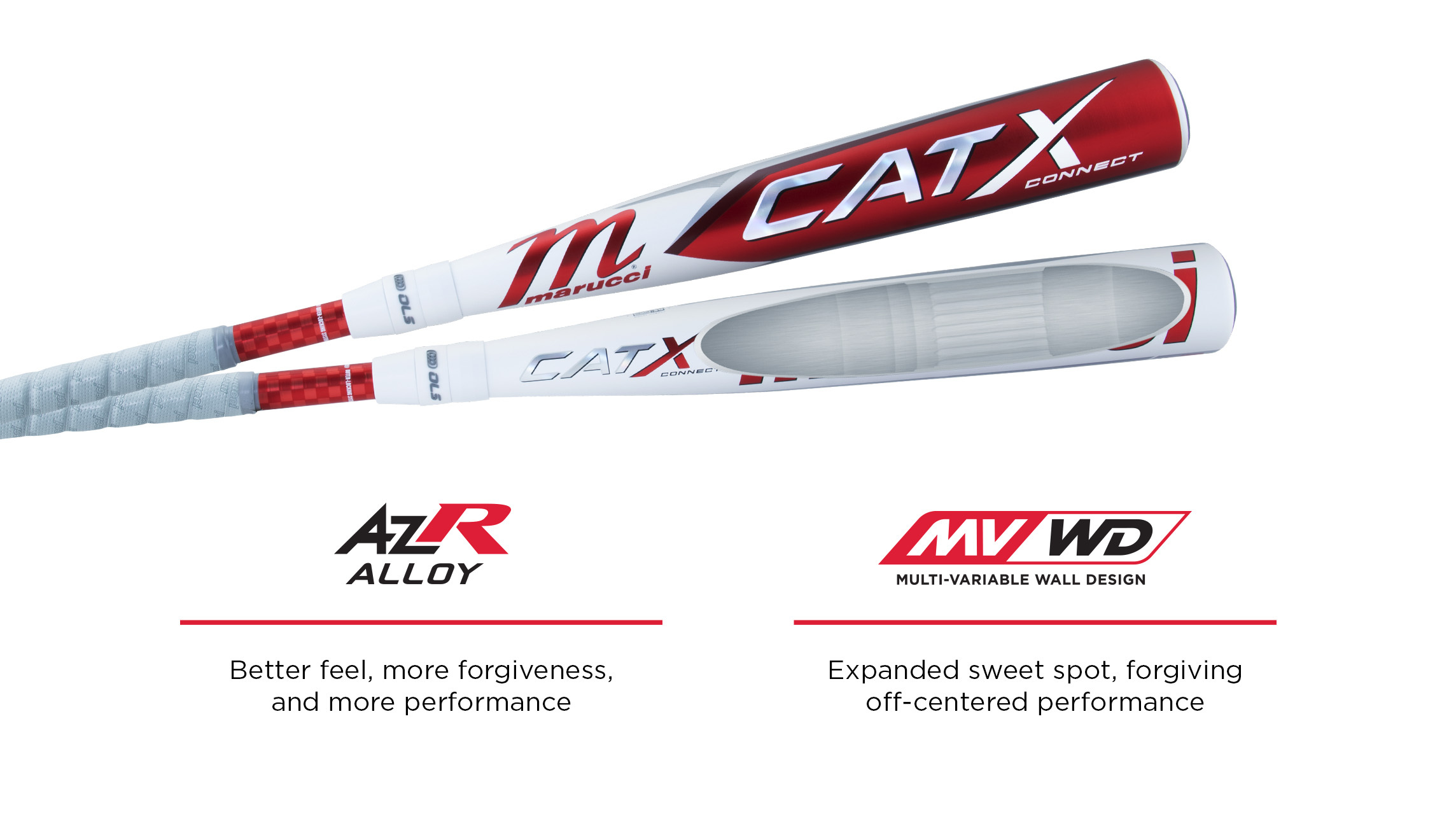
Because there is no break-in period required, alloy bats are recommended for beginners and those who play baseball only a few months during the year. Experienced and competitive players also love alloy bats for the incredible balance, fast swing speeds and that unmistakable "ping" at contact.
Marucci aluminum alloy bats include the CATX, CAT9, CAT8, CAT7 and F5.
As its name suggests, Hybrid bats combine a carbon composite handle with an aluminum alloy barrel. This two-piece design results in a slightly end-loaded feel and whip-like swing. Many experienced hitters enjoy the extra weight in the barrel that's made for power hitters.
Marucci hybrid bats include the CATX Connect, CAT9 Connect and CAT Connect.
Composite bats are different from aluminum bats in many ways, but the most important is in its performance over time. Immediately after purchase, composite bats require a break-in period of approximately 300 swings until it has reached its potential and considered game-ready.
Read more about the 6 Steps to Breaking-In Your Composite Bat.
The reason for a composite bat's break-in period is the proprietary resin inside of the barrel must be loosened up so the material can be more responsive upon contact.
Because of this break-in period, composite bats are recommended for more competitive players who play several months during the year.
Over time, composite bats are considered to be more durable and higher performing. However, if proper care of the bat isn't taken during the break-in period and over the life of the bat, it may result in premature breakage or lowered performance.
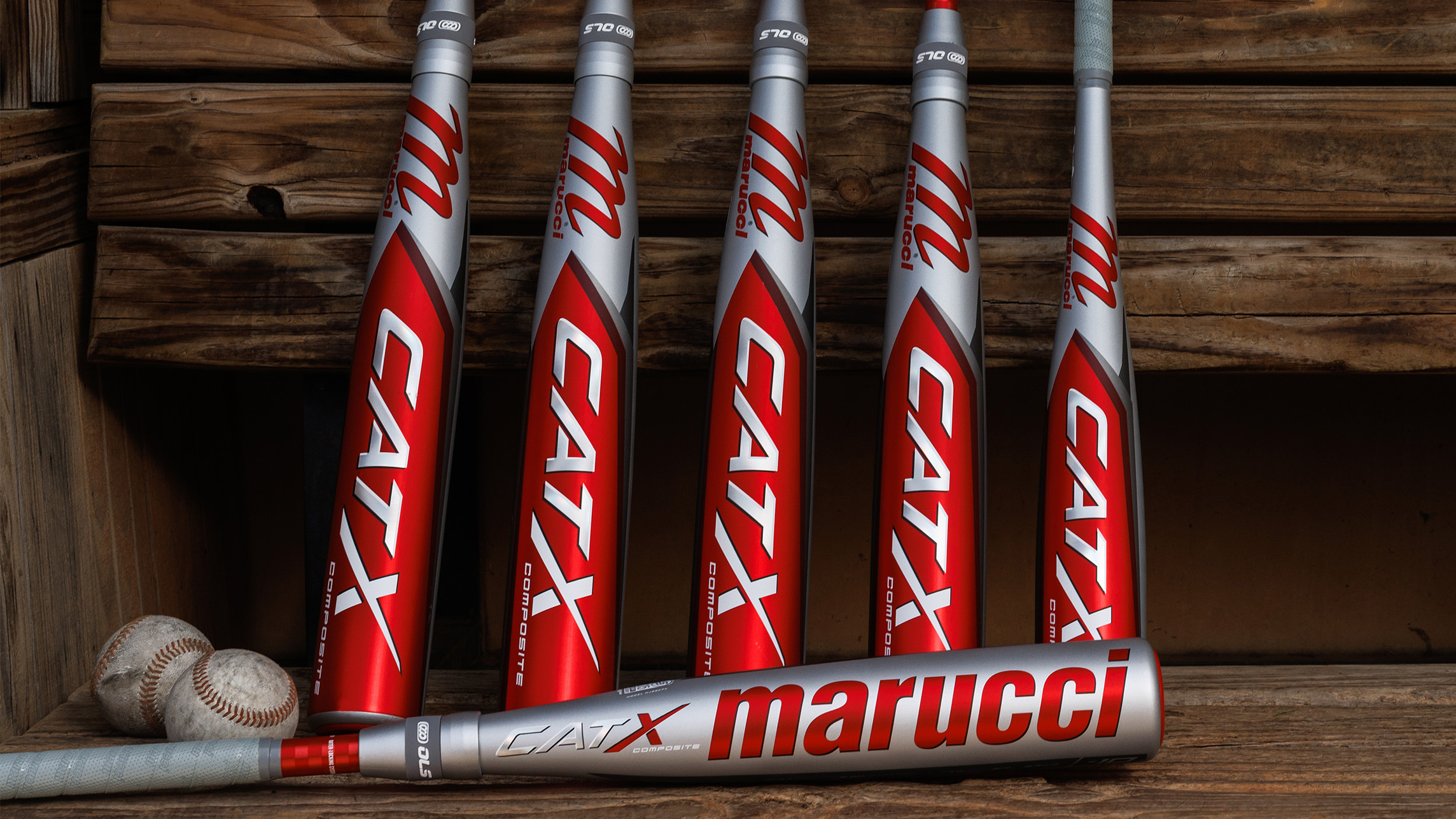
Marucci composite bats include the CATX Composite and CAT9 Composite.
One-Piece vs. Two-Piece Bats
Once you determine the material, the next factor to consider is the bat's construction as a one-piece or two-piece. Again, this decision is based on personal preference.
As mentioned with the hybrid bats, Marucci's two-piece bats are slightly end-loaded and connected by patented OLS technology that creates the stiffest connection available.
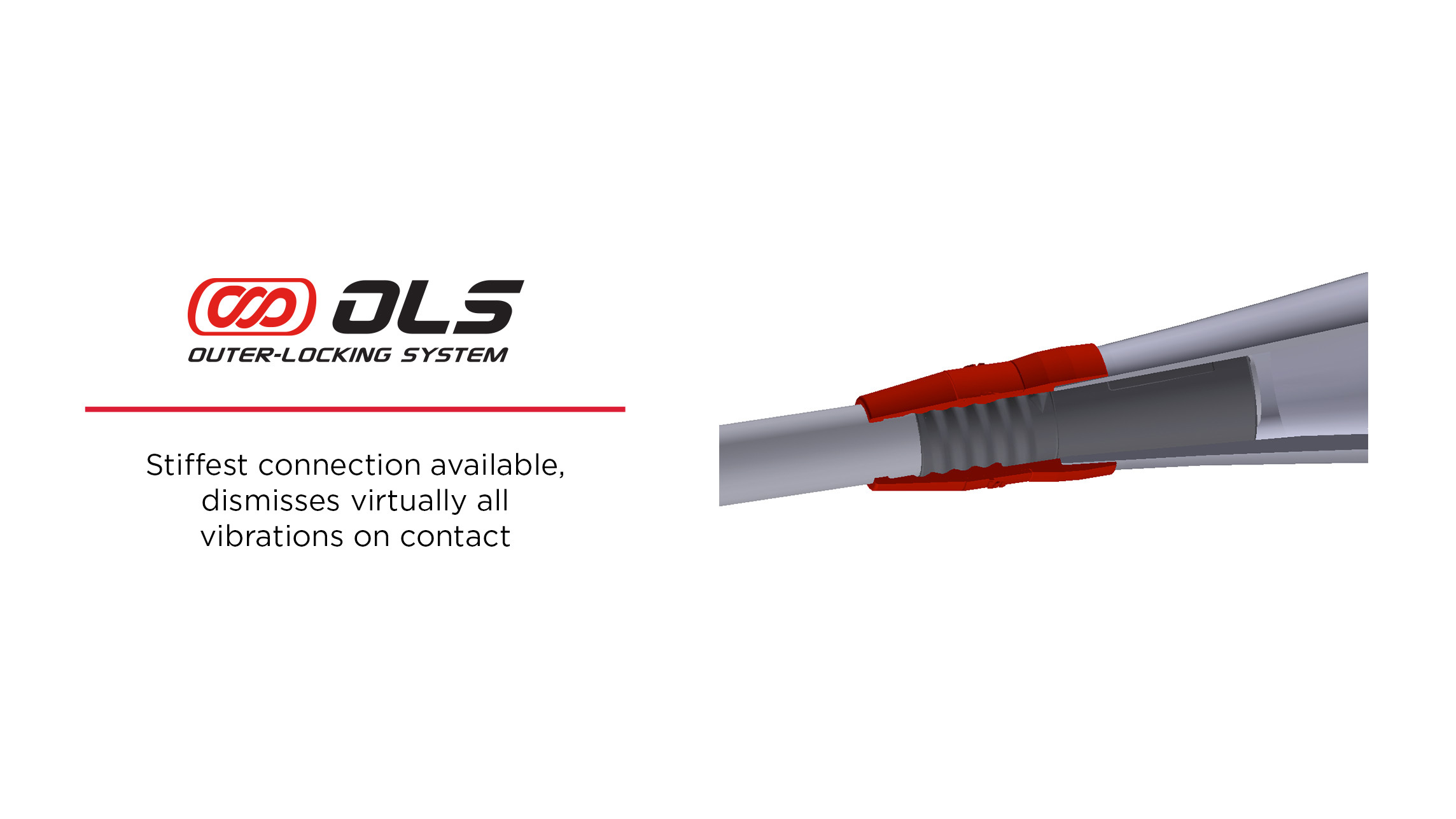
If you’re looking for a bat that feels heavier, you will find that in the CATX Connect, CAT9 Connect and CAT Connect.
If you’re looking for a bat that feels balanced, you will find that in the CATX, CATX Composite, CAT9, CAT9 Composite, CAT8, CAT7 and F5.
Sizing
Not too long, not too light. Players that are growing are the most difficult group to size bats for. The most important thing for this group is to make sure they are swinging a bat that they can control. As they grow and their skill set develops, these players will be able to swing a longer and heavier bat.
When the mass of the bat increases proportionally to a player’s strength and swing speed, the force exerted on the ball also increases. The result is greater exit velocity and distance on contact.
Below is a sizing chart that gives you a good starting point.


